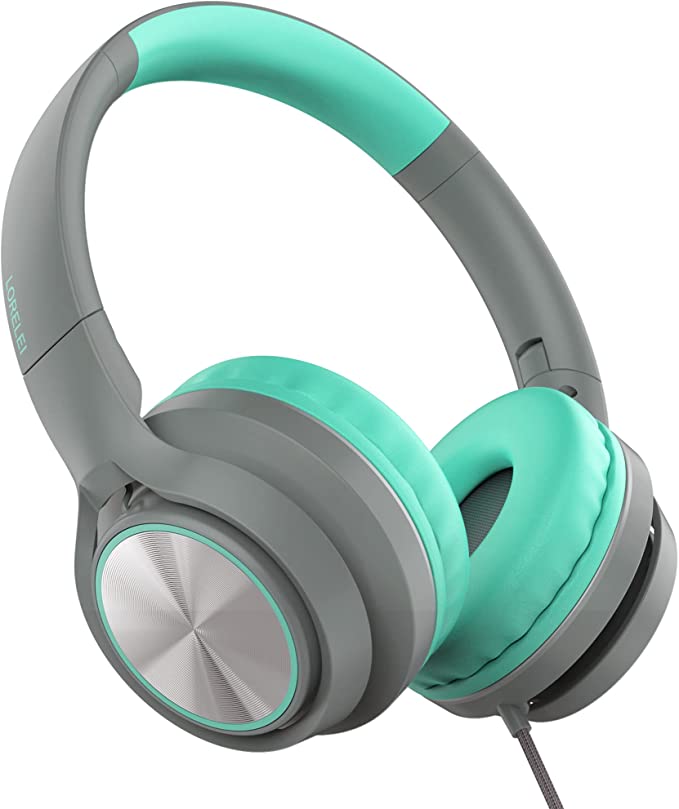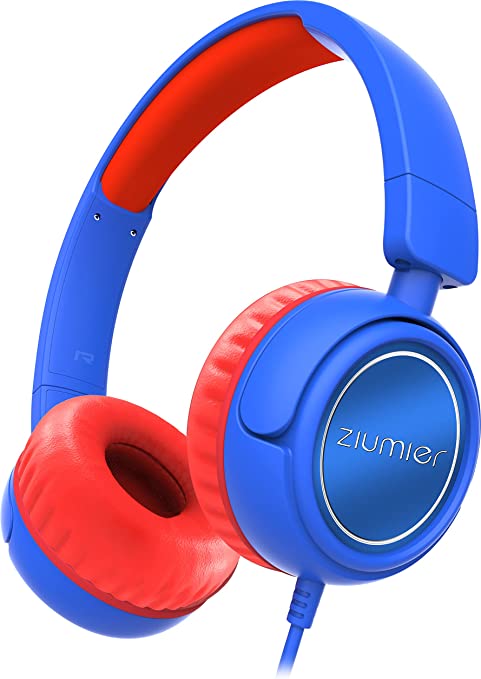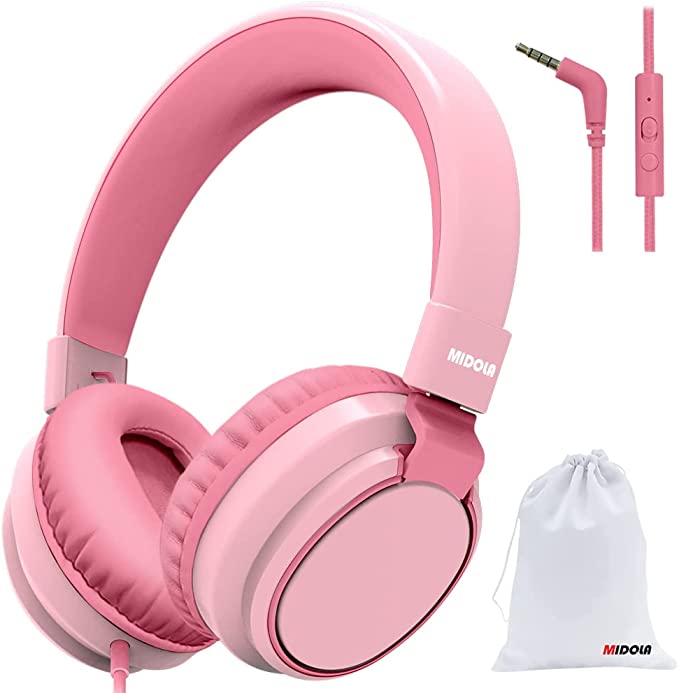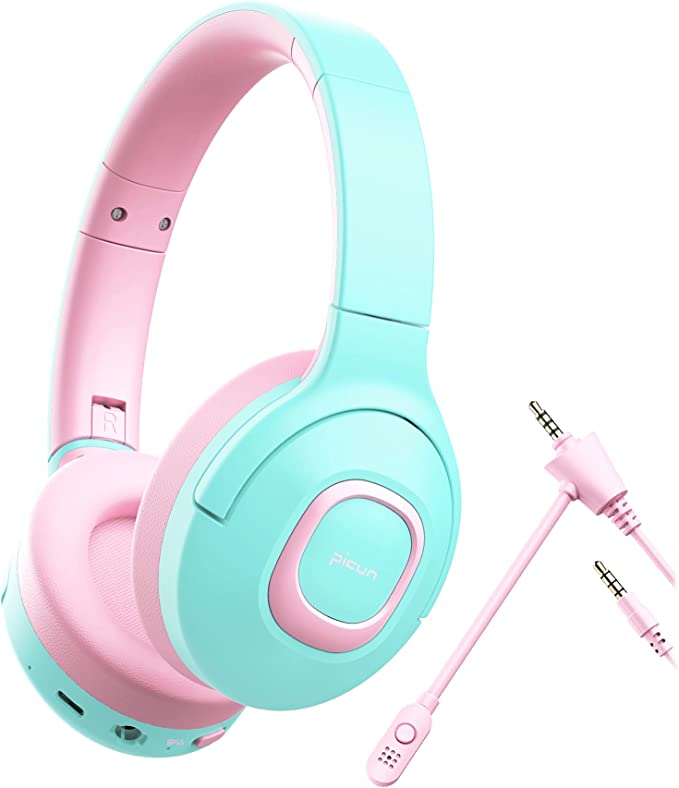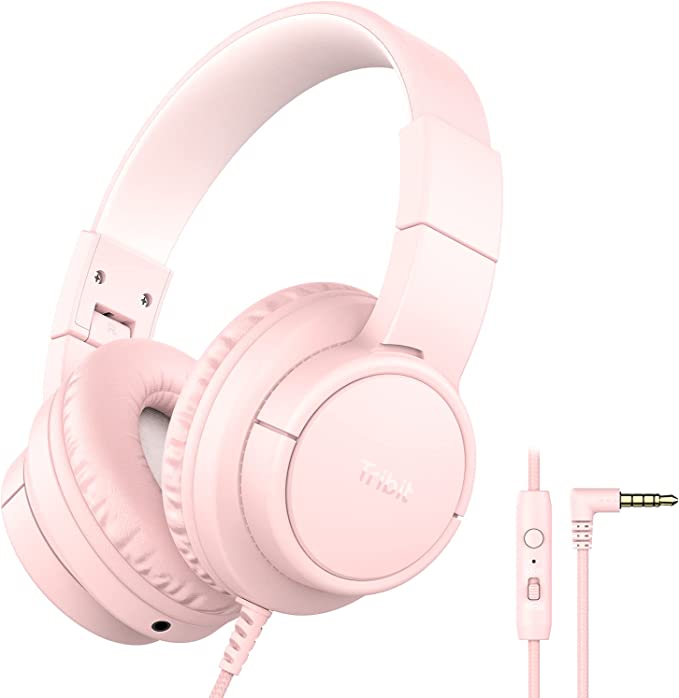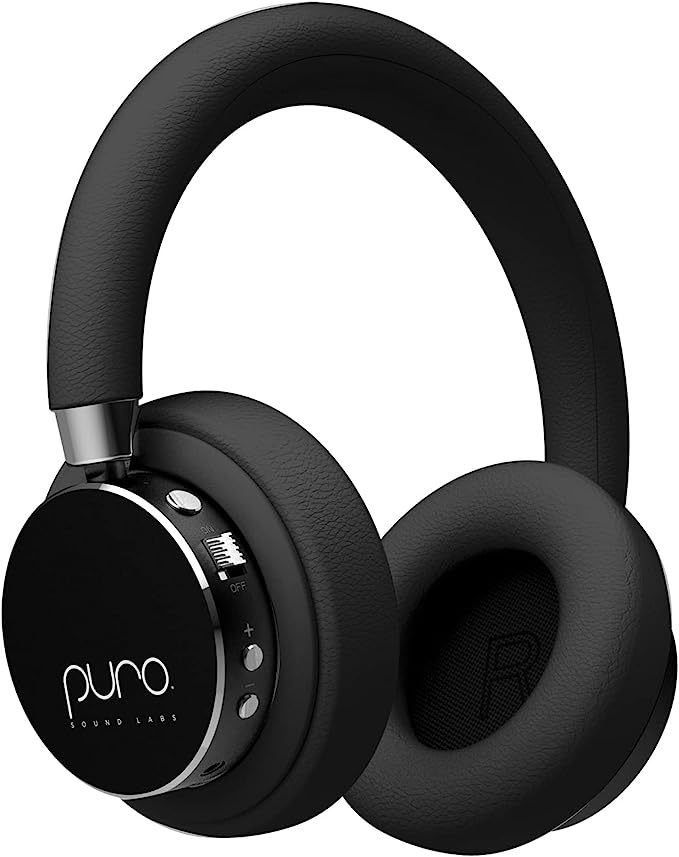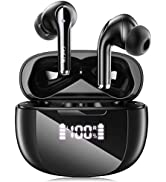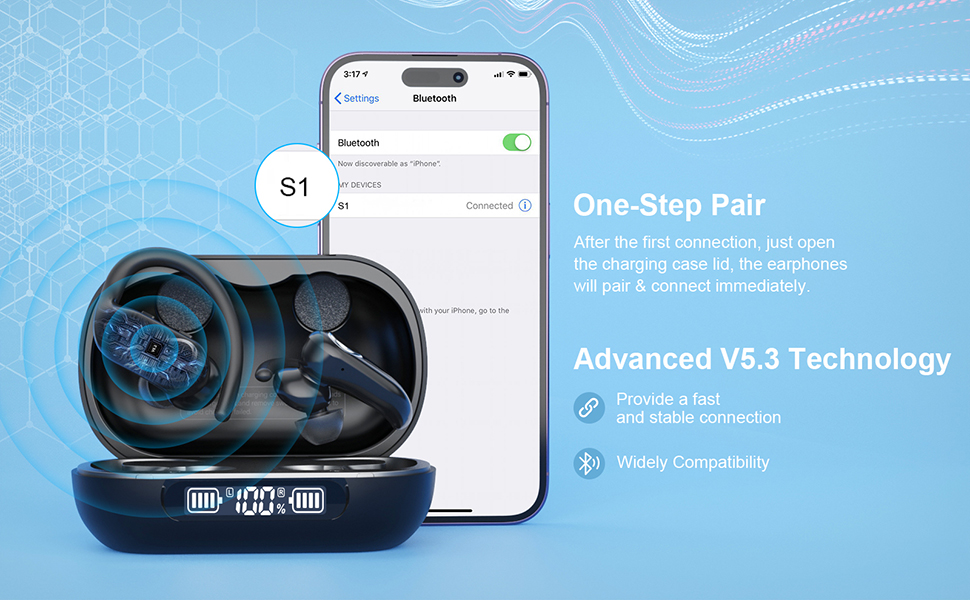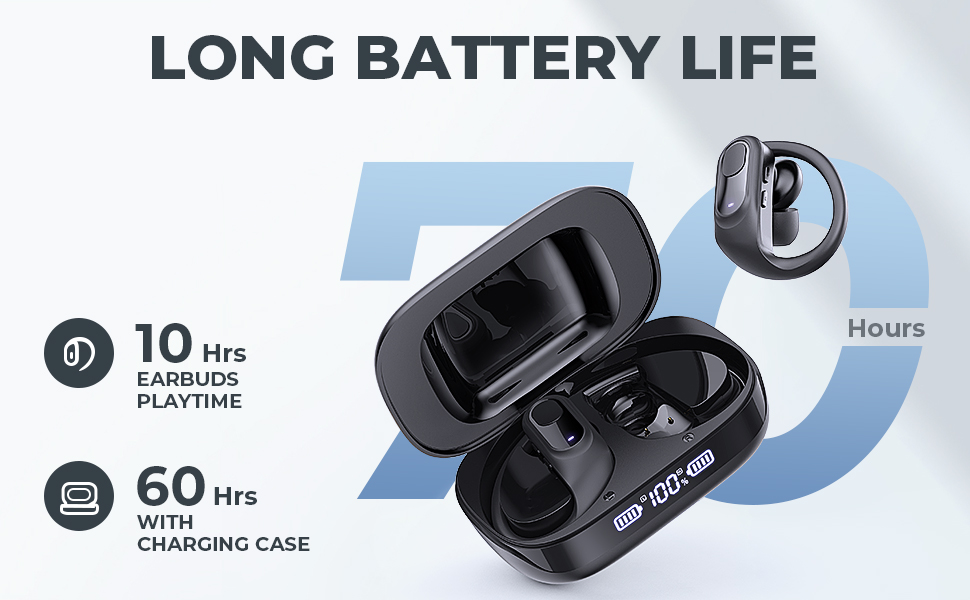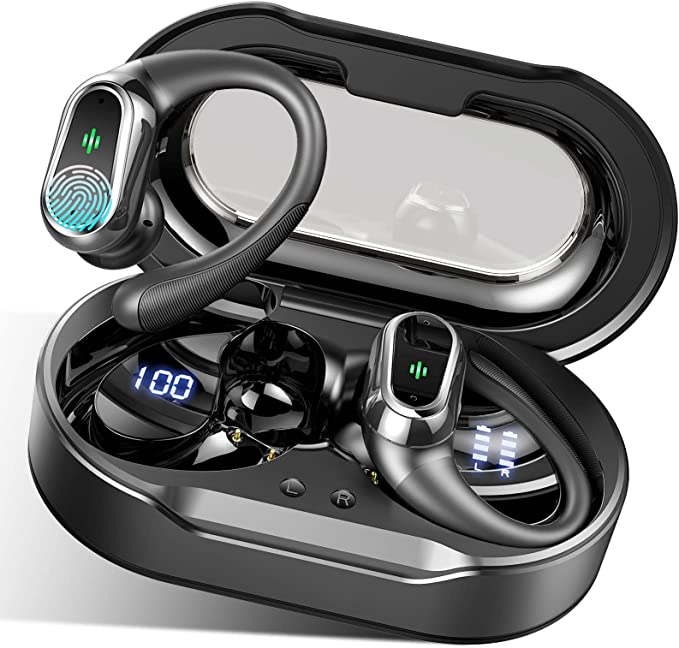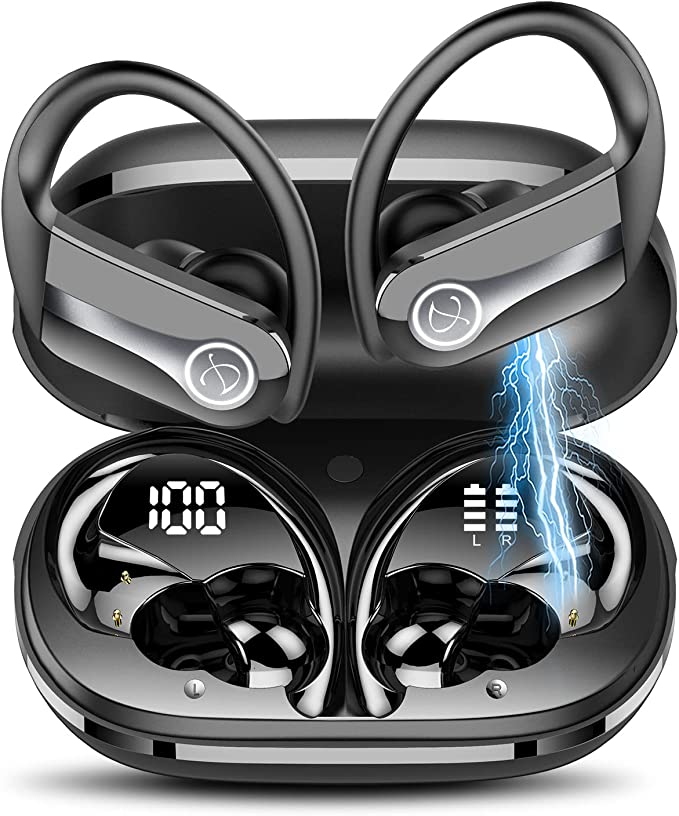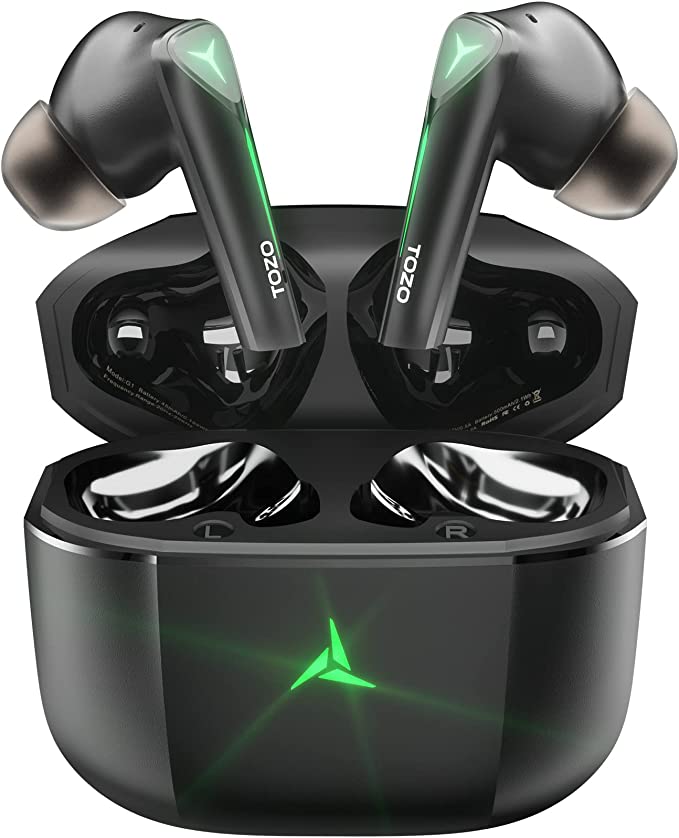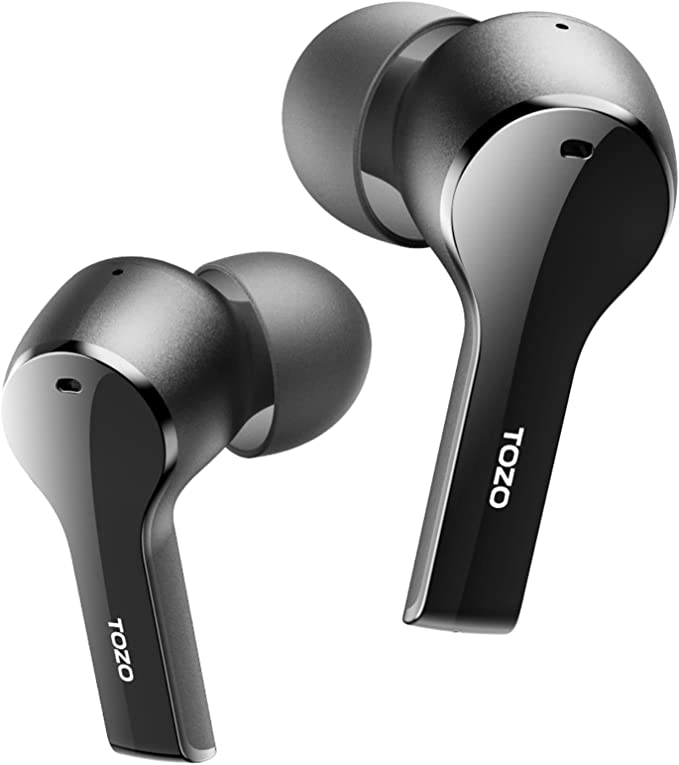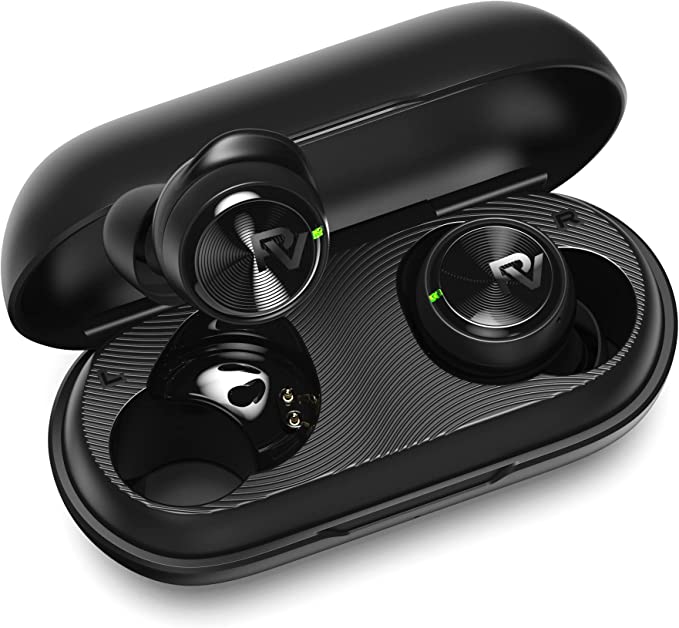TELNP Z8 Kids Headphones: The Science Behind Safer Sound & Smarter Listening for Young Ears
Update on April 13, 2025, 10:13 a.m.
Okay, let’s begin the process of refining the article about the TELNP Z8
In a world brimming with digital experiences, headphones have become constant companions for our children. They unlock worlds of learning through online classes, transport them with audiobooks and music, and connect them with friends and family. But alongside the benefits comes a quiet concern for parents: how do we protect their precious, developing hearing in this sound-filled landscape?
The answer lies not in avoiding technology, but in understanding and choosing it wisely. Thoughtful design, informed by science, can make a significant difference. Let’s take a closer look at the technology inside a pair of headphones designed specifically for young listeners, like the TELNP Z8 Kids Headphones, and explore the scientific principles that aim to make listening safer and smarter.

The First Line of Defense: Decoding the “Volume Lock” on Sound
Simply turning down the volume isn’t always enough. Children might turn it back up, especially in noisy environments, unknowingly pushing levels into potentially harmful territory. This is where built-in volume limiting technology becomes a crucial safety feature. But what do those numbers – 74dB, 85dB, 94dB – actually mean?
To understand this, we need to peek into the world of decibels (dB). Decibels measure sound intensity, but they work on a logarithmic scale. This means a small increase in dB represents a large jump in sound energy. Think of it like a water faucet: slightly turning the handle (a few dB increase) can dramatically increase the flow (sound energy hitting the eardrum).
Why is this important? Prolonged exposure to loud sounds can damage the delicate hair cells in the inner ear, leading to noise-induced hearing loss (NIHL). Children’s ears are still developing and can be particularly vulnerable. Health organizations worldwide, like the World Health Organization (WHO), generally recommend limiting personal listening device volume, often citing 85dB as a threshold for safer extended listening (e.g., up to 8 hours).
The TELNP Z8 offers three distinct volume limit modes, acting like carefully calibrated “locks” on the maximum sound output:
- 74dB Mode: This is the most conservative setting, ideal for very young children or for use in quiet environments like a bedroom study session. It provides an extra buffer of safety, ensuring volume stays well below concerning levels. Think of it as a gentle whisper compared to street noise.
- 85dB Mode: This aligns with the generally accepted guideline for safer listening over longer periods. It’s a practical choice for everyday use – listening to music, watching educational videos, or attending standard online classes at home. It allows for clear audio without venturing into potentially risky territory for extended durations.
- 94dB Mode: This higher limit is intended for use in noisier surroundings, such as during air travel or car rides. In these situations, background noise can make lower volumes difficult to hear. The 94dB cap allows the desired audio to be audible above the ambient noise, without tempting the child (or parent) to crank the volume to truly dangerous levels (like 100dB or more). However, it’s crucial to remember that listening time at 94dB should be significantly shorter than at 85dB. It’s a tool for specific situations, not the default setting. (General guidance suggests limiting 94dB exposure to less than an hour per day).
Having these distinct, selectable limits empowers parents. Instead of constant supervision or guesswork, you can choose the appropriate maximum level based on the child’s age and listening environment. It’s about proactive management of sound exposure, leveraging technology to create a safer listening habit.

Sound’s Journey: From Electric Signal to Whispers in the Ear
How does music or a teacher’s voice actually travel from a device into your child’s ear? The magic happens inside the headphone’s “heart”: the driver unit. The TELNP Z8 utilizes a 40mm HD drive unit. Let’s simplify how it works:
- Your phone, tablet, or computer sends an electrical audio signal through the cable or Bluetooth connection.
- Inside the earcup, this signal flows into a voice coil attached to a thin membrane called a diaphragm, all positioned within a magnetic field.
- The electrical signal interacts with the magnet, causing the voice coil and diaphragm to vibrate rapidly back and forth – much like the surface of a tiny drum.
- These precise vibrations push and pull the air, creating pressure waves – the sound waves – that travel into the ear canal and are interpreted by the brain as sound.
The size of the driver matters. A larger diaphragm, like the 40mm one in the Z8 (a decent size for kids’ on-ear headphones), has a larger surface area. Theoretically, this allows it to move more air, which can help in reproducing a wider range of sound frequencies more effectively, especially lower bass tones, contributing to a fuller sound.
What about terms like “HD” (High-Definition) or the commonly seen “HiFi” (High Fidelity)? In the context of headphones like the Z8, these shouldn’t be interpreted as promising audiophile-grade, studio-monitor accuracy. Instead, they generally signify the intention to deliver clear and intelligible sound. For children, this is paramount. Whether it’s distinguishing phonics sounds in a learning app, understanding a teacher’s instructions in an online class, or simply enjoying the melody of a song without excessive distortion, clarity is key. The goal is accurate reproduction of the source audio, sufficient for learning and enjoyment, rather than artificially boosting certain frequencies.
Cutting the Cord: The Freedom and Stamina of Wireless Listening
Tangled wires are often a source of frustration for kids and parents alike. Bluetooth technology offers a wireless escape, and the TELNP Z8 incorporates Bluetooth 5.3. Why is this specific version noteworthy?
Compared to older Bluetooth iterations (like 4.x or 5.0), Bluetooth 5.3 generally offers several subtle but meaningful improvements:
- Enhanced Stability & Efficiency: It’s designed for more reliable connections, reducing those annoying audio dropouts or stutters, especially in environments with other wireless signals. It’s also typically more power-efficient.
- Lower Latency (Potentially): While reliant on both the headphone and source device capabilities, BT 5.3 lays groundwork for potentially lower delay between video and audio, although the basic connection itself is the primary benefit here.
This translates to practical advantages. The claimed wireless range of up to 15 meters (about 49 feet) in barrier-free spaces gives kids the freedom to move around while listening – perhaps doing homework at the kitchen table while the tablet is on the counter, or dancing in the living room.
Perhaps even more impressive is the claimed battery life: up to 60 hours of playtime in Bluetooth mode. This remarkable stamina significantly enhances convenience. Imagine potentially a full week of school commutes, online lessons, and evening entertainment without needing a recharge. For long journeys, it’s a lifesaver. When it finally does need power, the Type-C charging port offers modern convenience – it’s reversible (no more fumbling to plug it in the right way) and is becoming the standard for many devices, meaning fewer cables to manage. The headphones themselves reportedly take only about 1 hour to charge.
And for those times when Bluetooth isn’t available (like on some airplanes or older devices) or the battery unexpectedly runs dry, the included 3.5mm audio cable provides a reliable wired backup. It ensures the listening never has to stop.
Designed for Growing Listeners: Where Comfort Meets Practicality
Headphones aren’t just about sound; they need to feel good, especially when worn by children for extended periods during online school or travel. This is where ergonomics – the science of designing for human comfort and efficiency – comes in.
The TELNP Z8 incorporates several features aimed at comfort:
- On-Ear Design: These headphones rest on the earlobes, rather than completely enclosing them (Over-Ear). This design is often more compact.
- Adjustable Headband: Crucial for kids’ headphones, this allows the fit to be customized as the child grows, accommodating a wide age range (specified as 3-15 years).
- Rotatable Ear Cups: These allow the earcups to pivot slightly, helping them conform better to the unique shape of a child’s head and ears for a more secure and comfortable fit.
- “Zero-pressure” Inertia Sponge Earpads: While true “zero pressure” is physically impossible, this marketing term likely refers to the use of memory foam (inertia sponge). This material softens with body heat and molds to the contours around the ear, helping to distribute the clamping force more evenly and reduce pressure points. This is vital for preventing discomfort during long listening sessions.
- Weight Consideration: At 11.2 ounces (approx. 317 grams), they have some substance. The effectiveness of the headband padding and earcup design in distributing this weight is key to comfort, especially for younger children.
- Foldable Design: Combined with the rotating earcups, this allows the headphones to fold down into a more compact size, making them easier to store in a backpack or drawer.
Beyond passive listening, communication is often key. The detachable noise-canceling microphone adds significant versatility. Being detachable means it can be removed when just listening to music, reducing potential snagging or damage. When attached, it allows for clear voice pickup during online classes, video calls with family, or language learning apps. The “noise-canceling” aspect likely refers to passive directional noise cancellation – the microphone is designed to primarily pick up sound from directly in front of it (the child’s mouth) while rejecting some ambient noise from the sides and back. This helps make the child’s voice clearer to the person on the other end, even in moderately noisy rooms. The different “listening modes” mentioned (Recitation, Online Class, Music) might involve subtle equalization (EQ) adjustments or microphone activation tailored to these tasks, though the specifics aren’t detailed in the provided information.

The Informed Choice: Understanding Breeds Confidence
Choosing headphones for your child goes beyond color or cartoon characters. It’s about understanding the technology integrated within them and how it impacts their safety, learning, and enjoyment.
The TELNP Z8 Kids Headphones represent an attempt to blend crucial safety features with functional technology. The multi-level volume limiting addresses the core concern of hearing protection. The 40mm drivers aim for clear audio reproduction suitable for diverse content. Bluetooth 5.3 provides modern wireless convenience backed by impressive 60-hour battery life and a wired option. And thoughtful ergonomic design elements using materials like inertia sponge prioritize comfort for extended use, complemented by the practicality of a detachable microphone.
By understanding the science behind these features – the meaning of decibels, how drivers create sound, the benefits of current Bluetooth standards, and the principles of comfortable design – parents are empowered. You can move beyond marketing claims and make choices based on informed consideration of what truly matters for your child’s well-being in their increasingly digital world. Choosing wisely means fostering a healthy relationship with technology, ensuring it remains a tool for growth and joy, safely enjoyed.
[//]:(version:20250412 001)
